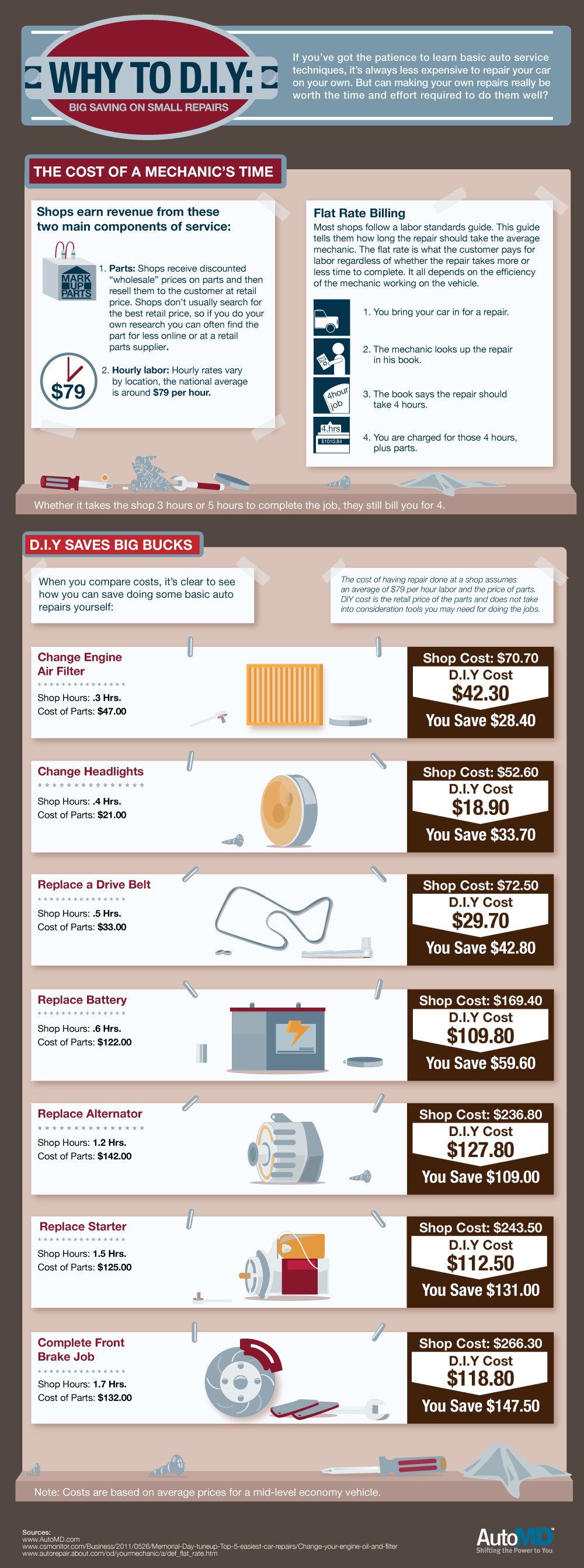Assessing Your Auto'S Caution Indicators: What They Truly Share
Assessing Your Auto'S Caution Indicators: What They Truly Share
Blog Article
Post By-Higgins Stark
When you're behind the wheel, those radiant warning lights on your dashboard can be a little bit puzzling. Do you know what they're trying to tell you about your auto's health and wellness? Understanding the importance of these lights is important for your security and the longevity of your lorry. So, the next time among those lights pops up, would not you wish to decode its message properly and take the needed steps to resolve it?
Common Warning Lighting and Interpretations
Identify common warning lights in your car and recognize their definitions to make certain risk-free driving.
One of the most regular caution lights include the check engine light, which signals problems with the engine or emissions system. If this light begins, it's crucial to have your vehicle inspected immediately.
The oil pressure alerting light suggests low oil stress, calling for instant interest to prevent engine damages.
A flashing battery light may suggest a faulty billing system, possibly leaving you stranded if not resolved.
The tire pressure tracking system (TPMS) light signals you to low tire stress, affecting car stability and fuel effectiveness. Overlooking this can cause unsafe driving problems.
The abdominal muscle light shows an issue with the anti-lock stopping system, jeopardizing your ability to quit promptly in emergencies.
Last but not least, the coolant temperature level cautioning light warns of engine getting too hot, which can lead to extreme damage otherwise solved quickly.
Understanding these common caution lights will aid you resolve concerns immediately and keep risk-free driving conditions.
Value of Prompt Focus
Recognizing the usual warning lights in your auto is only the first step; the relevance of promptly attending to these cautions can not be stressed sufficient to ensure your safety and security when traveling.
When a caution light illuminates on your dashboard, it's your vehicle's method of connecting a potential concern that requires interest. Neglecting these warnings can result in more severe issues down the road, jeopardizing your safety and potentially costing you extra in repairs.
alpha detailing to advising lights can protect against breakdowns and crashes. For example, a blinking check engine light can show a misfire that, if left neglected, might cause damage to the catalytic converter. Addressing this quickly can conserve you from an expensive repair.
In https://www.beaconjournal.com/story/news/2021/11/22/akrons-giant-auto-parts-finds-niche-testing-used-catalytic-converters/8640538002/ , a brake system advising light may signal reduced brake liquid or used brake pads, essential elements for your safety when driving.
DIY Troubleshooting Tips
If you see a caution light on your dashboard, there are a couple of DIY troubleshooting suggestions you can try before seeking specialist assistance.
The initial step is to consult your vehicle's handbook to recognize what the particular warning light shows. Often the issue can be as simple as a loosened gas cap setting off the check engine light. Tightening the gas cap may resolve the problem.
One more typical issue is a reduced battery, which can trigger various advising lights. Checking the battery links for corrosion and ensuring they're protected might fix the issue.
If a caution light persists, you can try resetting it by disconnecting the auto's battery for a few minutes and afterwards reconnecting it. Furthermore, examining your automobile's liquid degrees, such as oil, coolant, and brake fluid, can aid fix advising lights associated with these systems.
Verdict
In conclusion, understanding your car's warning lights is essential for keeping your automobile running smoothly and securely. By without delay resolving these signals and knowing what they mean, you can stay clear of pricey fixings and possible failures.
Bear in mind to consult your auto's handbook for particular details on each alerting light and do something about it appropriately to make sure a trouble-free driving experience.
Remain educated, stay risk-free when driving!
